Digital art has revolutionized the artistic landscape, influencing traditional artistic practices in profound ways. As technology continues to evolve, artists increasingly incorporate digital tools into their creative processes, leading to new forms of expression and redefining the boundaries of art.
Expanding Creative Possibilities
One of the most significant impacts of digital art is the expansion of creative possibilities. Digital tools offer artists a vast array of techniques and effects that are often difficult or impossible to achieve with traditional media.
Programs like Adobe Photoshop and Procreate allow for intricate layering, manipulation, and the exploration of various styles without the constraints of physical materials. This accessibility enables artists to experiment more freely, encouraging innovation and creativity.
Bridging Genres and Mediums
Digital art has also facilitated a blending of genres and mediums. Artists can easily combine photography, illustration, and graphic design, creating hybrid works that challenge conventional categorizations. This fusion not only broadens the scope of what can be considered art but also fosters collaboration across disciplines. Traditional artists are now more likely to incorporate digital elements into their work, enriching their practice and reaching new audiences.
Changing the Art Market
The rise of digital art has transformed the art market. Platforms such as Instagram and Etsy have democratized access to art, allowing artists to showcase and sell their work directly to consumers. This shift has disrupted traditional gallery systems, making it easier for emerging artists to gain visibility and recognition. Additionally, the advent of NFTs (non-fungible tokens) has created new revenue streams for digital artists, further blurring the lines between digital and traditional art.
Challenging Perceptions of Art
Digital art challenges long-held perceptions of what constitutes “fine art.” While traditional forms often emphasize craftsmanship and physicality, digital art highlights concepts such as interactivity and accessibility. This shift has sparked debates within the art community about the value and legitimacy of digital works. As artists increasingly embrace digital techniques, the definitions of artistry continue to evolve, encouraging a more inclusive understanding of creative expression.
Preserving Traditional Techniques
Interestingly, the rise of digital art does not spell the end for traditional practices; rather, it often complements them. Many artists use digital tools to enhance their traditional skills, creating hybrid works that celebrate both mediums.
For instance, an artist might sketch with pencil and then scan their work to add color digitally, combining the best aspects of both approaches. This synergy allows for greater experimentation and refinement, ultimately enriching the artistic process.
Conclusion
The impact of digital art on traditional artistic practices is multifaceted and far-reaching. By expanding creative possibilities, bridging genres, transforming the art market, challenging perceptions, and preserving traditional techniques, digital art is not merely an alternative; it is a catalyst for innovation. As artists continue to navigate this evolving landscape, the dialogue between digital and traditional art will undoubtedly shape the future of creative expression.




